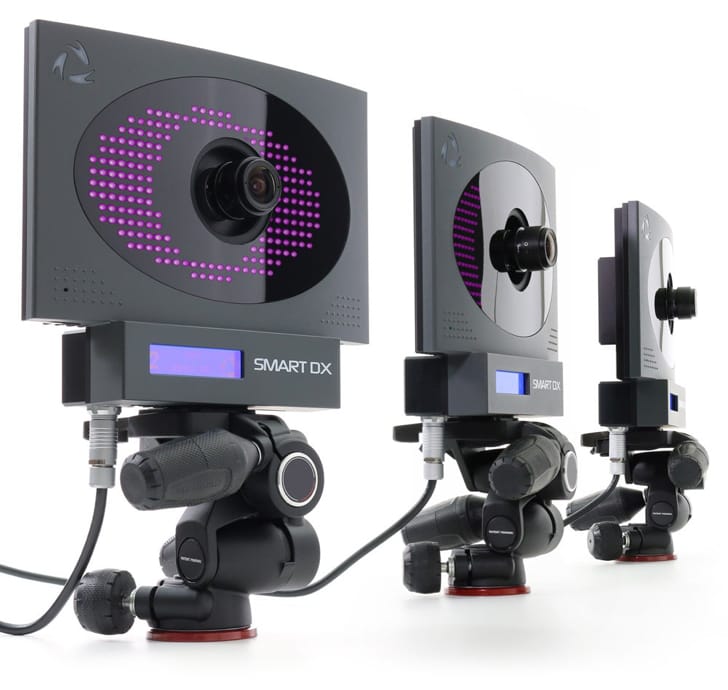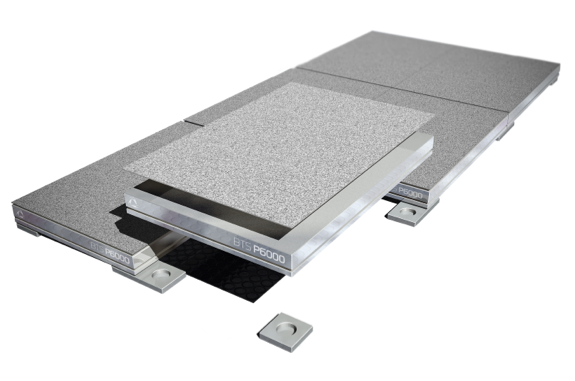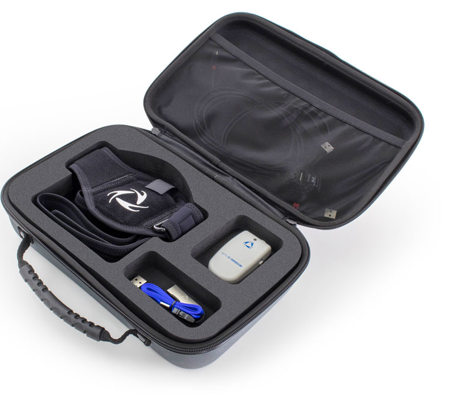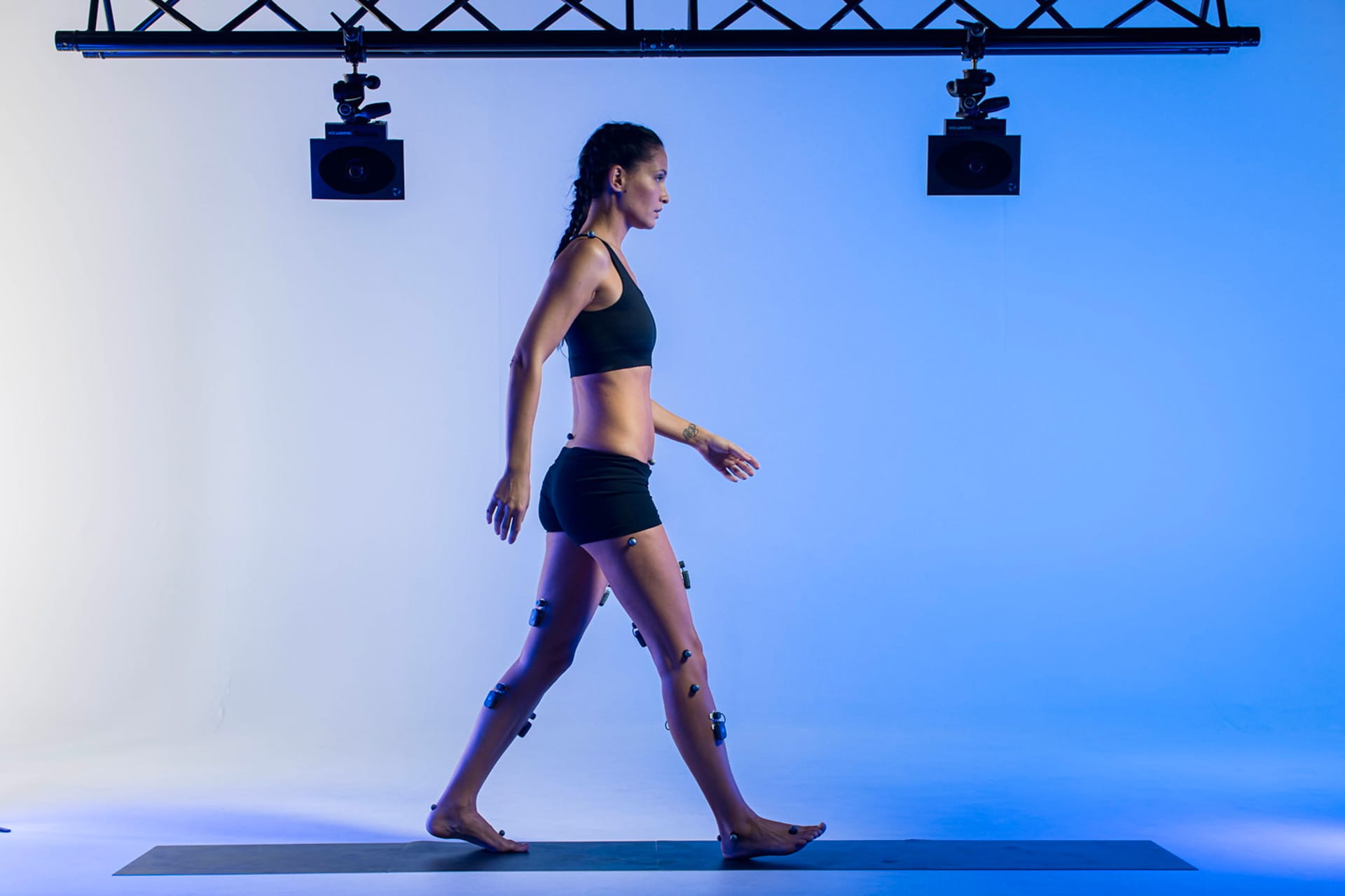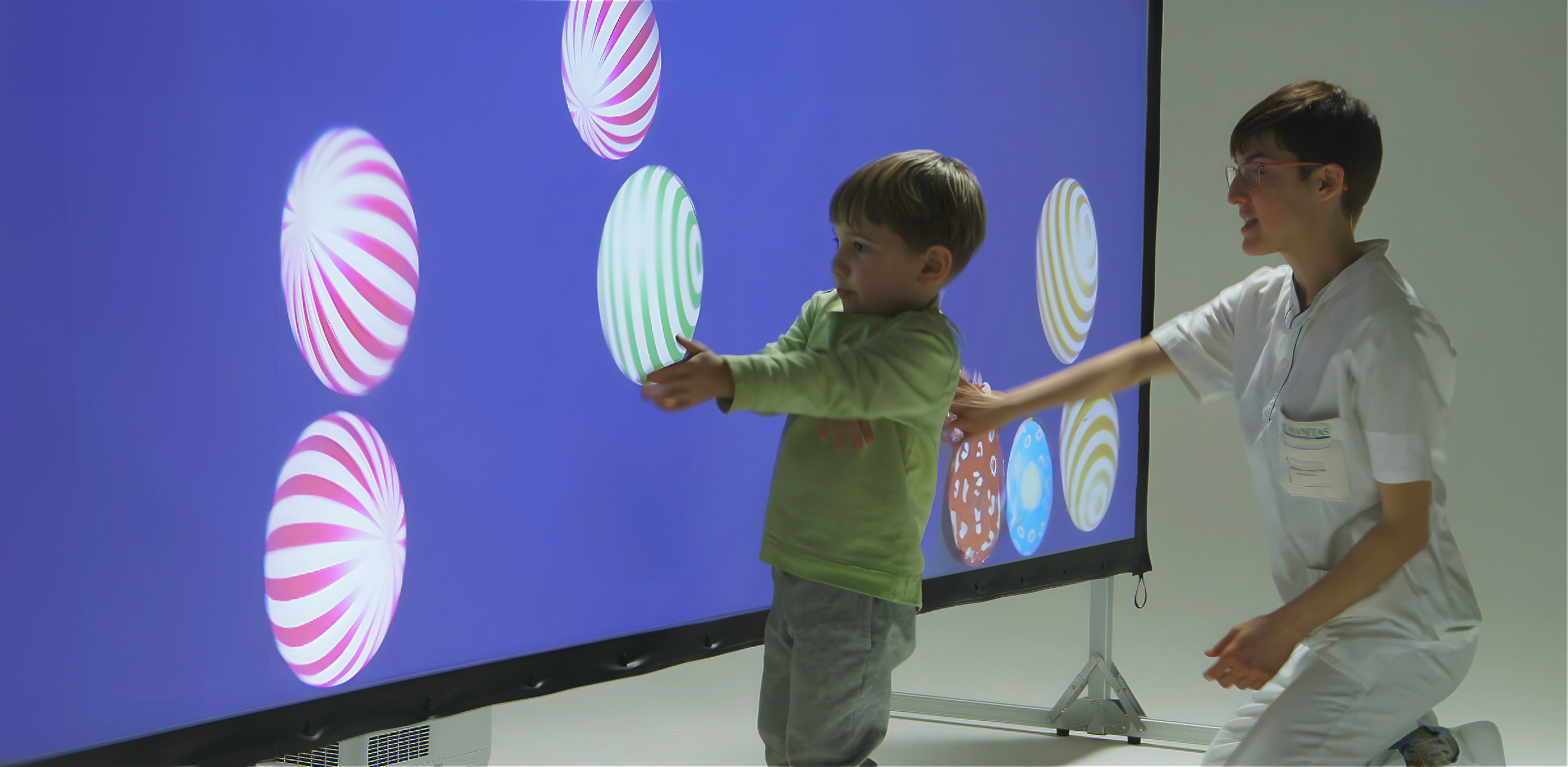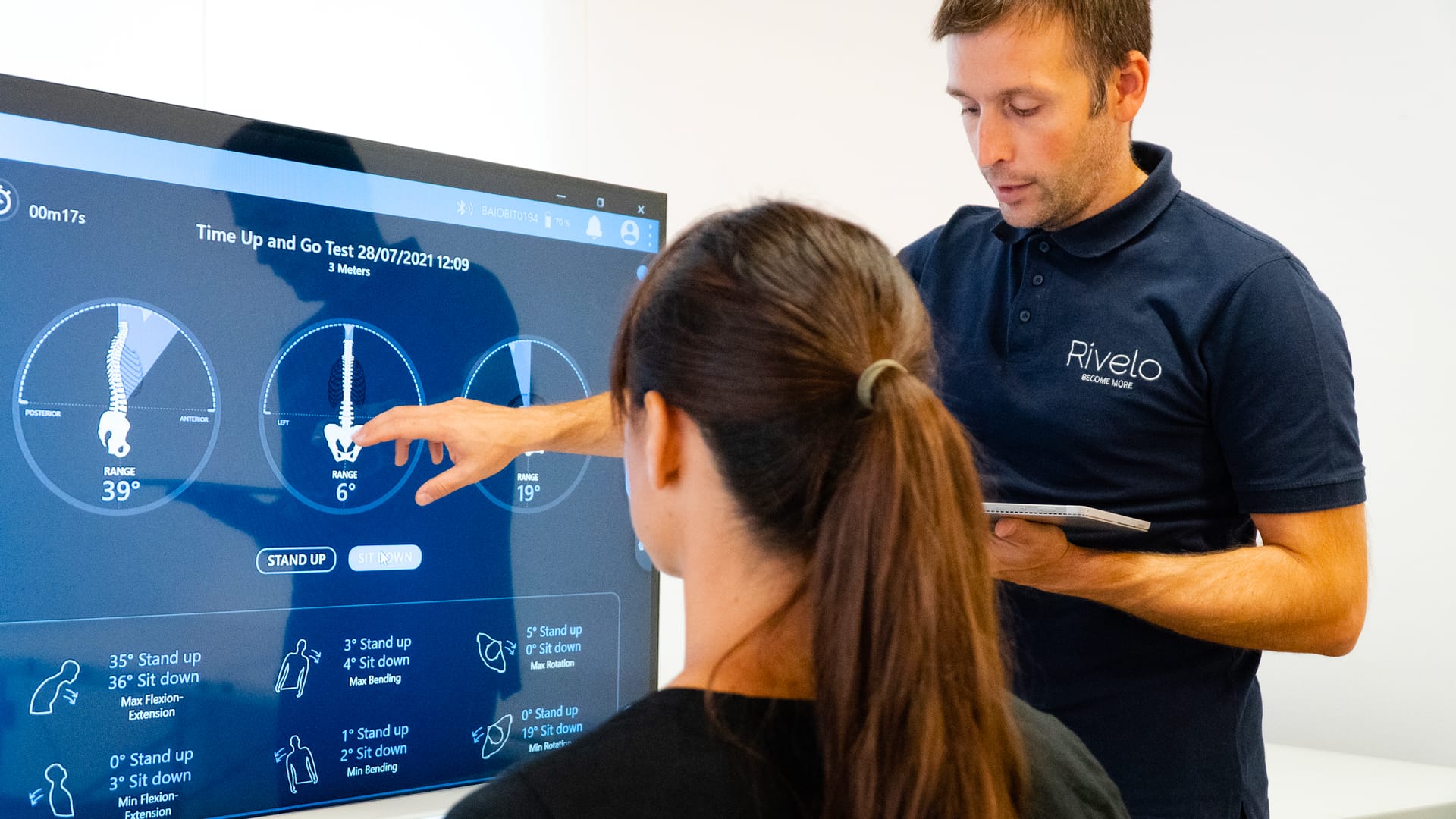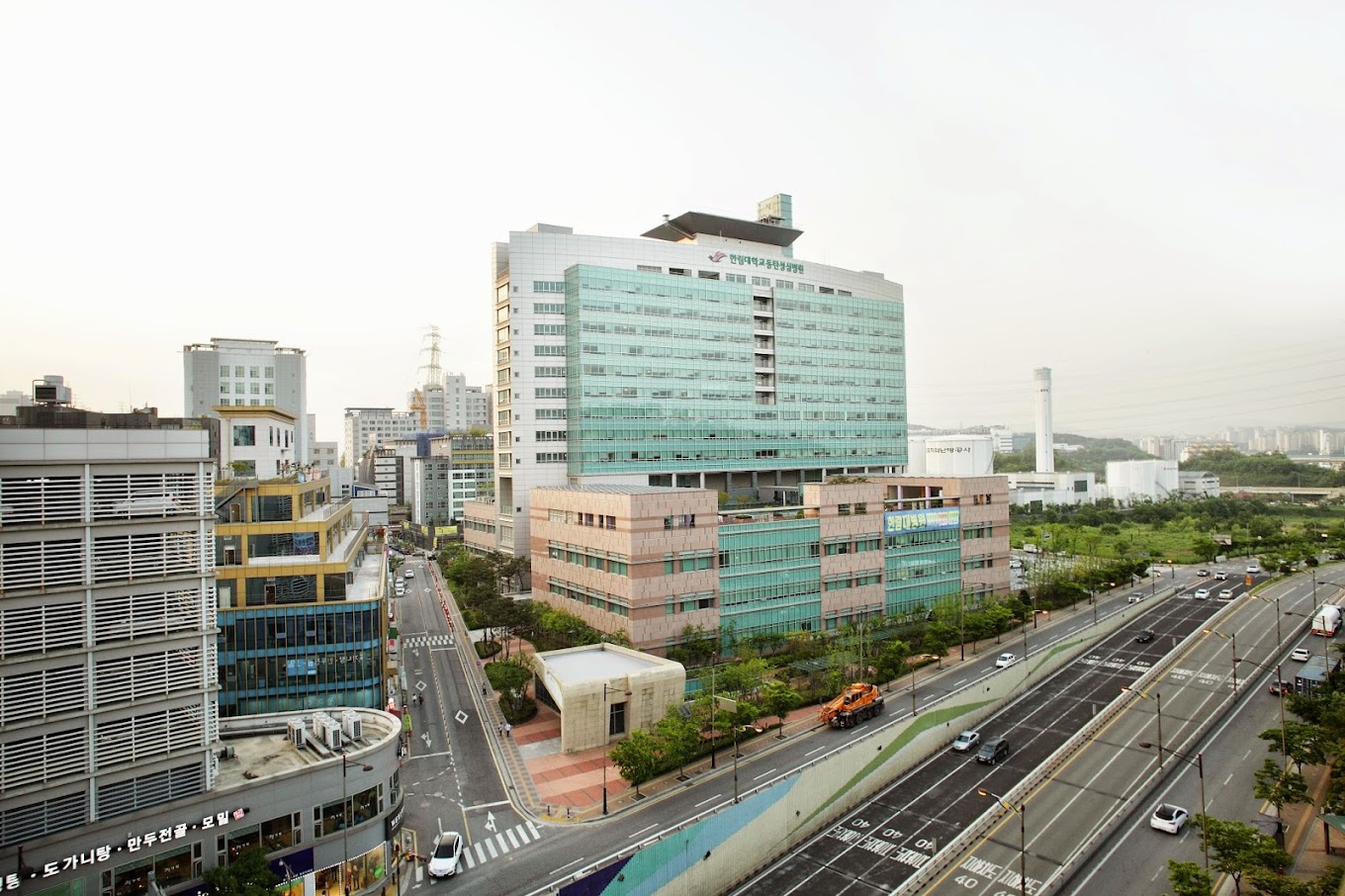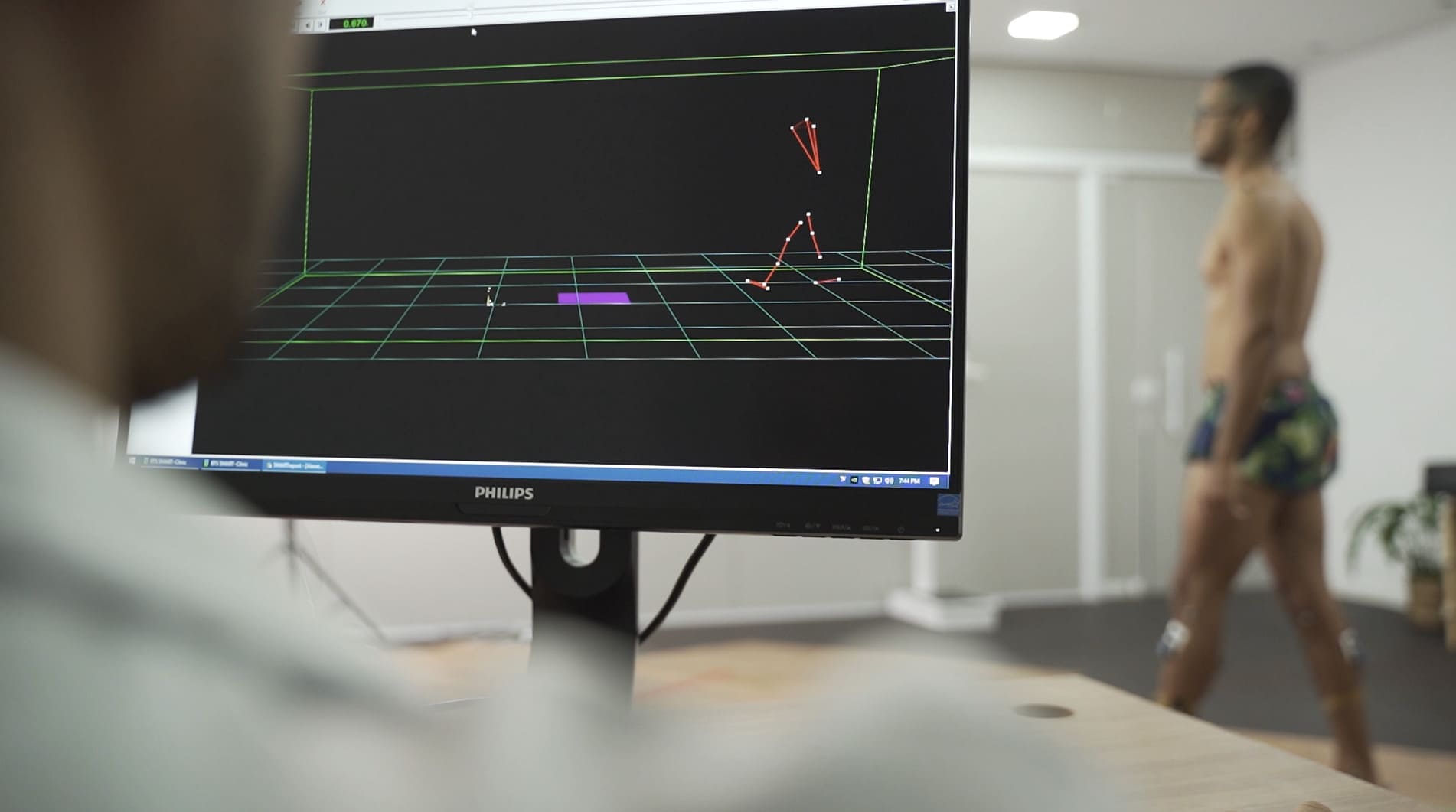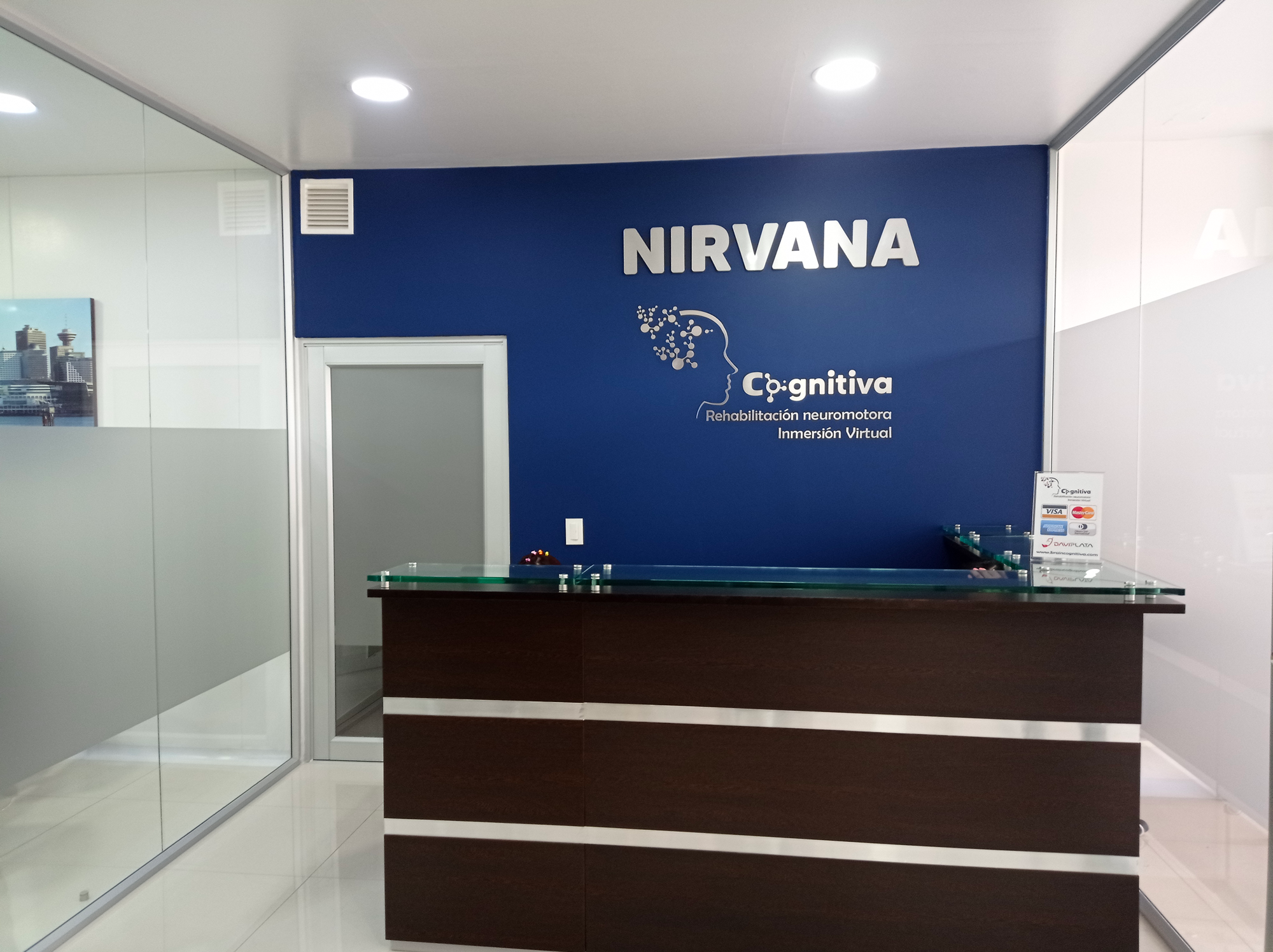Federal University of Health Sciences of Porto Alegre
How Cutting-Edge Technology is Enhancing Human Movement Analysis and Neurological Rehabilitation

The Federal University of Health Sciences of Porto Alegre (UFCSPA)
The Federal University of Health Sciences of Porto Alegre (UFCSPA), located in Porto Alegre, Brazil, is a prestigious public institution specializing in health sciences education and research. Established in 1953 and achieving university status in 2008, UFCSPA offers a range of undergraduate and graduate programs, including Medicine, Nursing, Physiotherapy, and Rehabilitation Sciences. The university collaborates with prominent healthcare institutions such as the Santa Casa Hospital Complex and the Conceição Hospital Group to fulfill its mission of producing and sharing knowledge in the health sciences field.

The Rehabilitation Laboratory
At the heart of UFCSPA’s research endeavors is the Rehabilitation Laboratory, led by Assistant Professor Dr. Aline de Souza Pagnussat, PhD, PT. This laboratory serves as a hub for both undergraduate and postgraduate students engaged in Rehabilitation Sciences. The primary focus of the lab is to investigate neurological disorders, their impact on motor function, and to develop effective treatment protocols.
The lab is particularly dedicated to research on children with cerebral palsy, adults with stroke, and patients with Parkinson’s disease. Researchers analyze patient movement both inside and outside the laboratory using the G-WALK, a wearable technology that allows monitoring in real-life environments. This is particularly crucial for Parkinson’s patients, as motor difficulties are often not fully evident in a lab setting, where patients tend to overcompensate and focus excessively on their movements.
The BTS Bioengineering technologies employed in the lab also enable the evaluation of widely adopted therapeutic approaches to verify their actual benefits. For instance, the team has conducted studies on the Bobath Method, using inertial sensors to measure movement and electromyography (EMG) systems to assess muscle activity.
For Parkinson’s disease, the research has focused on analyzing sensory deficits in the feet and their impact on gait and locomotion. Stroke is the most extensively studied condition in the lab, with research covering both upper and lower limbs. The team is actively working on creating correlations between clinical functional tests and data obtained from technological assessments.
Integration of BTS Bioengineering Technology at UFCSPA
To enhance its research capabilities, the Rehabilitation Laboratory has integrated cutting-edge technology into its operations. The lab is equipped with a BTS GAITLAB system, comprising six SMART-DX 400 cameras, accelerometers force plates, G-WALK and FREEEMG. This advanced setup facilitates comprehensive human movement analysis, allowing for precise assessment of motor function impairments and the evaluation of treatment outcomes.
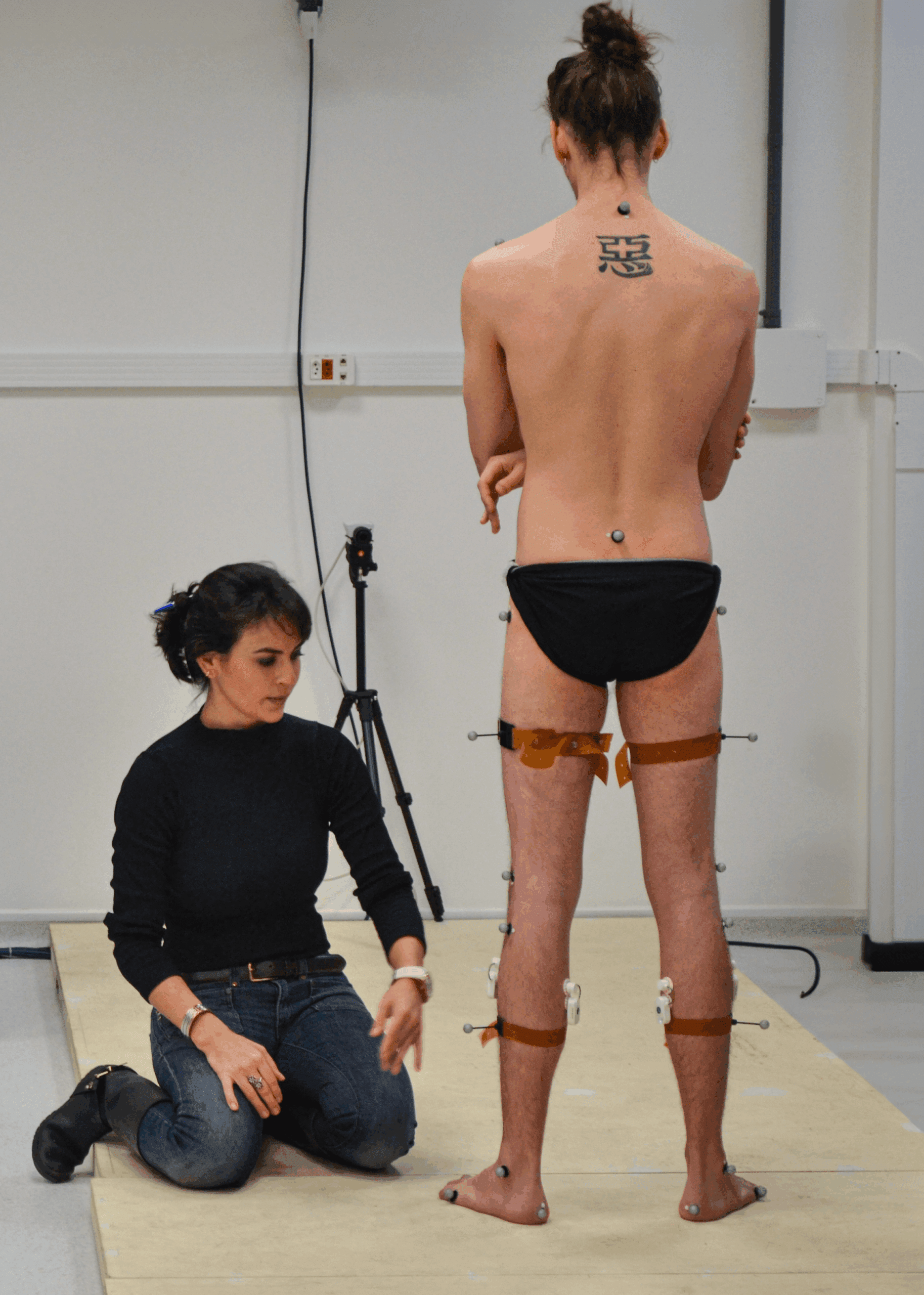

“Today, professionals have the opportunity to assess patients more easily and effectively thanks to technology, which allows for the analysis and measurement of treatment effectiveness. It is essential for the clinician to set a clear therapeutic goal and to be able to monitor progress in a quantifiable way. This not only makes the professional’s work easier but also gives the patient the chance to observe their improvements over time.”
Why UFCSPA Chose BTS Technologies for Biomechanical Research
The decision to adopt advanced technology was influenced by several key factors:
-
• Compatibility and Performance: The system offers seamless integration of various equipment components, delivering high performance through a unified hardware platform.
-
• Flexible Protocols: The technology provides consistent data analysis protocols that can be tailored to specific research needs, enabling the exploration of diverse clinical conditions and enhancing the quality of research outputs.
-
• Technical Support and Service: A key advantage is the robust technical support and after-sales service. Strong communication channels and collaborative relationships with technicians, engineers, and support staff ensure prompt and efficient issue resolution.
